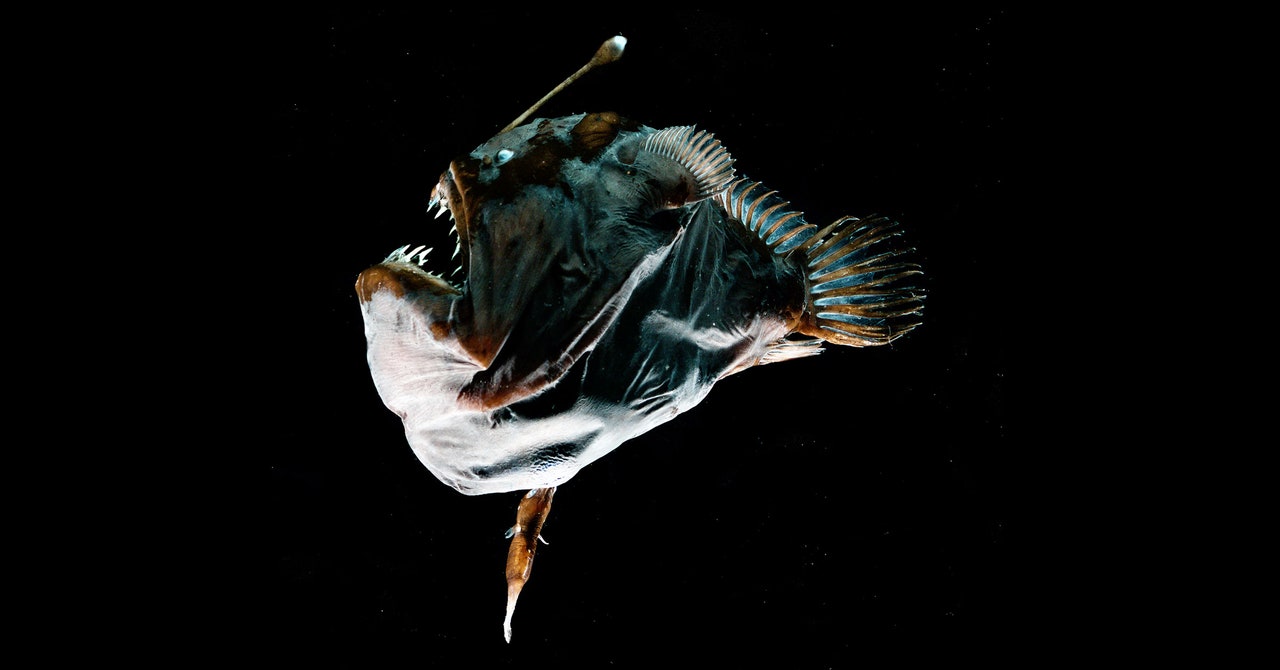There are few animals more bizarre than the anglerfish, a species that has so much trouble finding a mate that when the male and female do connect underwater, males actually fuse their tissue with the females for life. After the merger, the two share a single respiratory and digestive system.
Now scientists have discovered that the anglerfish accomplishes this sexual parasitism because it has lost a key part of its immune system, which then allows two bodies to become one without tissue rejection. (Remember symbiont Jadzia Dax of Deep Space Nine?)
All vertebrates, including humans, have two kinds of immune systems. The first is the innate system, which responds quickly to attacks by microscopic invaders with a variety of chemicals like mucous physical barriers like hair and skin, and disease-munching cells called macrophages. The second line of defense is an adaptive system that produces both “killer” T cells to attack the pathogen and antibodies custom-made to fight specific bacteria or viruses. The two systems work together to fight infections and prevent disease.
But in a study published Thursday in the journal Science, researchers from Germany’s Max Planck Institute and the University of Washington found that many anglerfish species (there are more than 300) have evolved over time to lose the genes that control their adaptive immune systems, meaning that they can’t create antibodies and lack those T cells.
“Anglerfish have traded in their immune faculties, which we believe to be essential, for this reproductive behavior,” says Thomas Boehm, a professor at the institute’s Department of Immunobiology and Epigenetics in Freiburg, Germany, and lead author on the paper.
To come to this conclusion, Boehm and his colleagues spent the past six years conducting genetic tests on tissue samples of anglerfish taken from around the world. They tried catching them by using deep-sea trawls that collect specimens 1,000 feet below the surface, but because the anglerfish is both rare and elusive, they were unable to collect any live specimens. So to get enough tissue for their genetic analysis, the researchers instead scoured museum collections and other laboratories that had an

